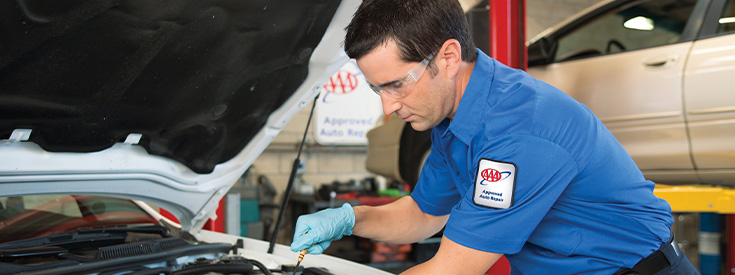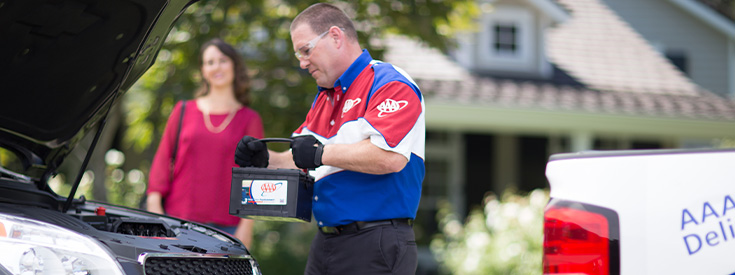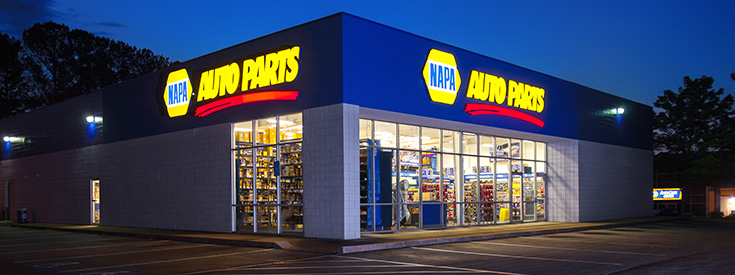It was momentous news: California will ban the sale of new cars powered by internal combustion engines (ICEs) starting in 2035. And because many other states have adopted California’s emissions regulations, the ban could affect 40% of the American market.
Several automakers had imposed their own deadlines to move exclusively or largely to electric vehicles (EVs). For instance, General Motors said it plans to sell only zero-emission vehicles by 2035. “Climate change is real, and we want to be part of the solution,” GM CEO Mary Barra said in a company statement in 2020.
Yet the auto industry faces massive potholes on the road to electrification. Among the largest: the lack of public and shared private charging ports.
There’s also the inconvenience of long charging times, typically 30 to 60 minutes on the fastest chargers. And there’s the matter of EV price tags: New EVs cost an average of around $67,000 in 2022, compared with an average cost of about $48,000 for new cars generally, the difference partly due to costly EV battery packs.
Ultimately, the obstacles to EVs may be overcome. Meanwhile, there’s a have-your-cake-and-eat-it-too solution: the plug-in hybrid electric vehicle (PHEV). New PHEVs can still be sold under California’s 2035 ban.





